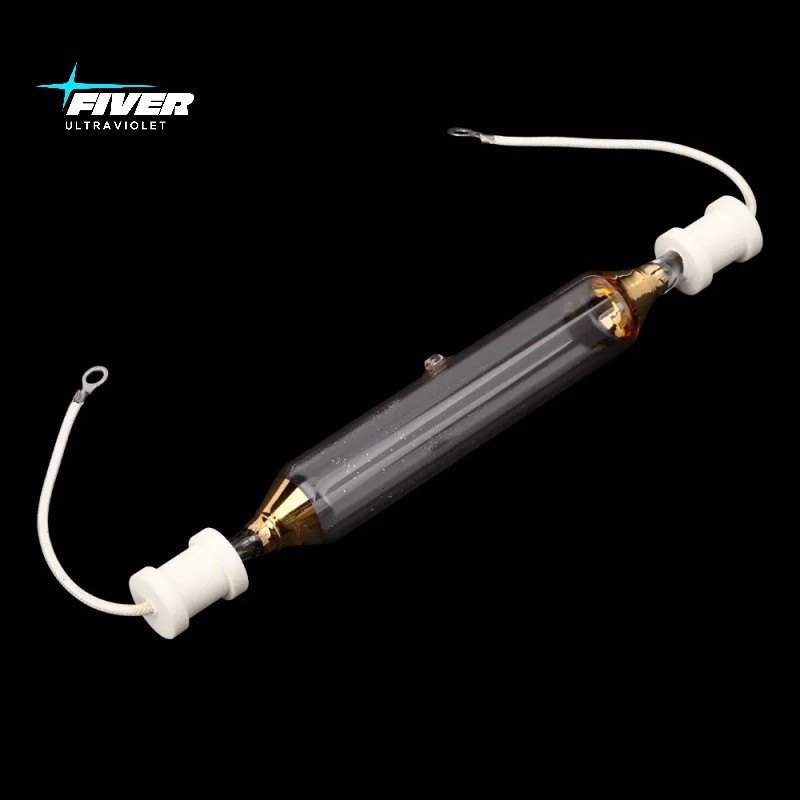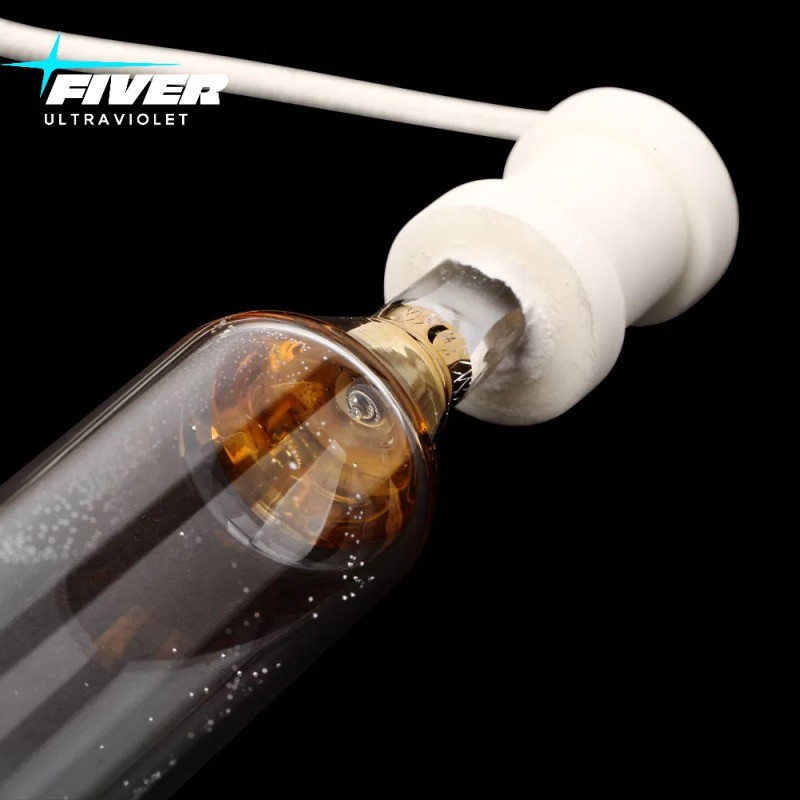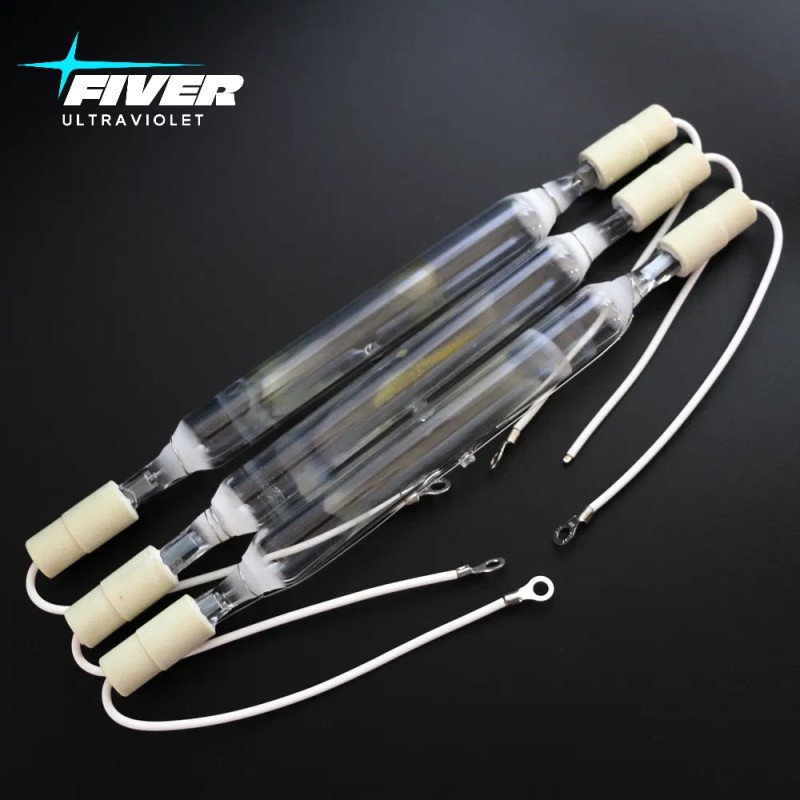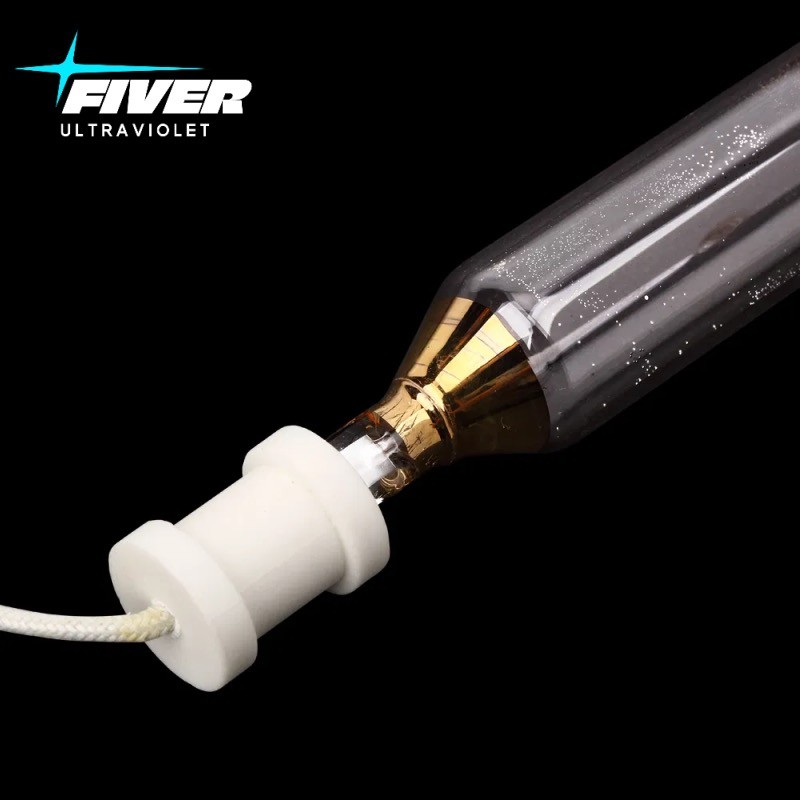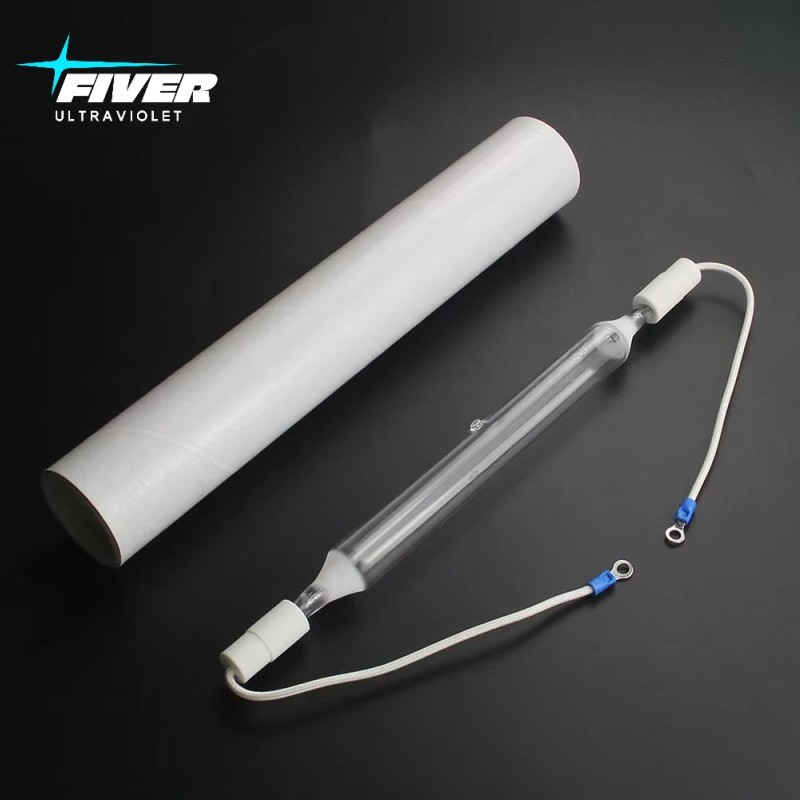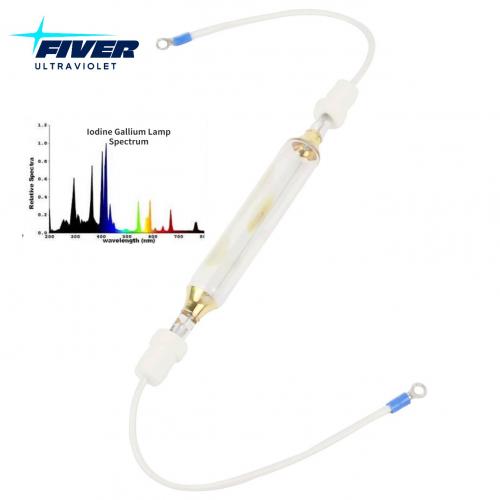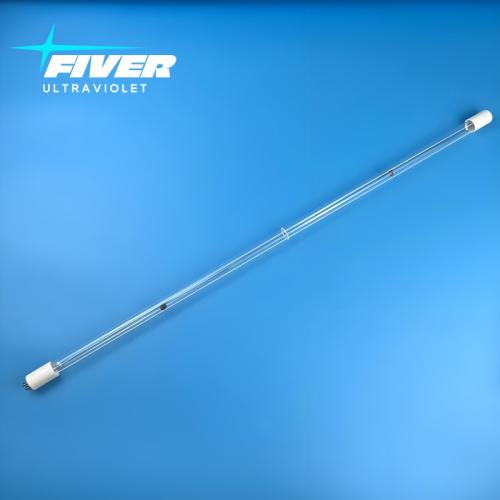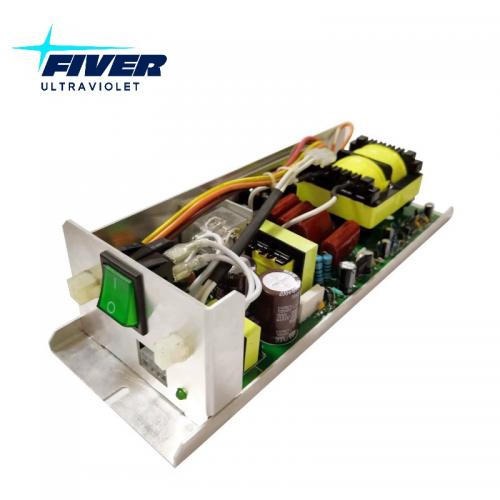5.6KW Ultraviolet Curing Light Customized UVA Light Bulb
5.6KW Ultraviolet Curing Light Customized UVA Light Bulb
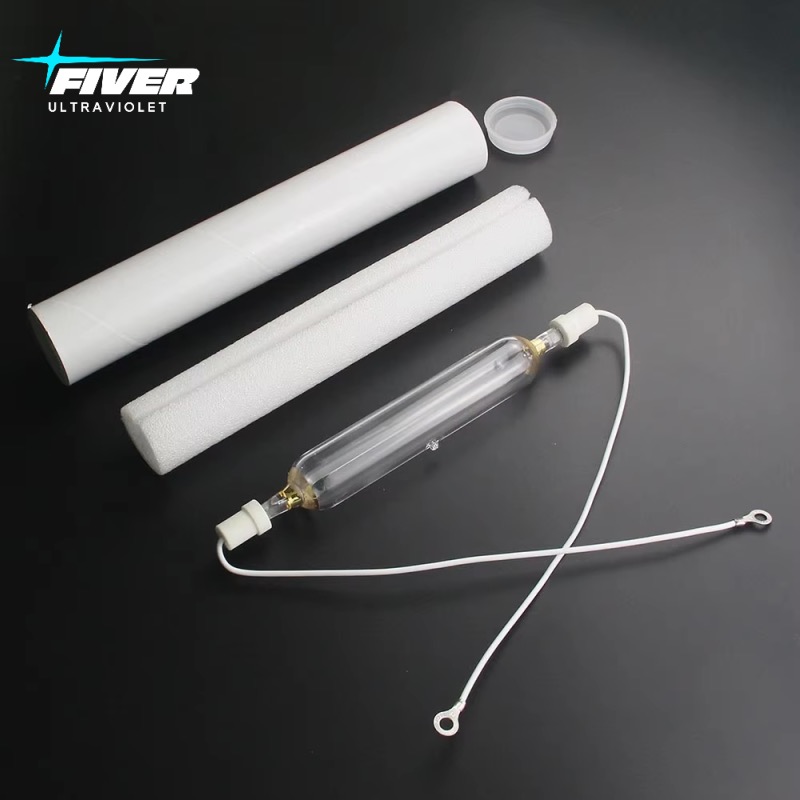
Product Specifications for Fiver's 5.6KW Ultraviolet Curing Light
| Lamp Power | 5.6KW |
| Input Voltage | 380V |
| Lamp Working Voltage | 900-950V |
| Arc Length | 706 |
| Total Length | 826 |
| Filler | Mercury / Metal halide / Gallium iodide |
| Lamp Base | Optional |
| Warranty | 1000 Hours |
Product Features for Fiver's UVA Light Bulb
1> High Quality Raw Material: Fiver's uv cure light are made from high quaity imported quartz tube. They can endure high temperatures up to about 1730°C, possess good chemical stability except against hydrofluoric acid, have excellent light transmittance in ultraviolet to infrared range, a low coefficient of expansion to withstand temperature changes. These features ensure the lamps' normal operation, stability, enhanced light output efficiency, reduced cracking risk, and longer lifespan, as well as less impact from impurities, making high-purity quartz tubes essential for ultraviolet curing lamp
2> Advanced Production Technology: Our UVA light bulbs undergo a rigorous manufacturing process. The complete assembly is furnace-cleaned to eliminate impurities before being encased in a quartz envelope. The lamp is then evacuated, sealed, and fitted with a ceramic or metal cap and appropriate electrical terminals.
3> Highly Customized: As a manufacturer, we offer flexible and in-depth customized services to meet the diverse needs of customers for ultraviolet curing lights. such as the lamp working voltage, current, lamp tube length, arc length, the filler of the lamps..
4> Strict Quality Control: Each single uv lamp from Fiver has gone through a series of rigorous test before leaving the factory. to ensure each lamp is qualified.
5> Long Life Span and Long Warranty: We offer 1000 Hours warranty for our UV Curing Lamps.
Difference Between UVA, UVB and UVC, What are their Applications:
UVA, UVB, and UVC are different types of ultraviolet (UV) radiation, mainly distinguished by their wavelengths and characteristics:
1. Wavelength
UVA: The wavelength of UVA ranges from 320 - 400 nanometers. It has the longest wavelength among the three types of UV radiation.
UVB: The wavelength of UVB is between 280 - 320 nanometers.
UVC: UVC has the shortest wavelength, ranging from 100 - 280 nanometers.
2. Penetration Ability
UVA: It has the strongest penetration ability. UVA can penetrate through clouds and glass, reaching the deeper layers of the skin (the dermis). This is why we can still get some UV exposure even when indoors or on a cloudy day.
UVB: UVB is less penetrating than UVA. It can penetrate the epidermis of the skin but is mostly absorbed by the ozone layer and the outer layers of the skin. A small portion reaches the dermis.
UVC: UVC is almost completely absorbed by the Earth's atmosphere (the ozone layer) and has very little natural penetration to the Earth's surface. It can be blocked by ordinary glass and most plastics.
3. Effects on the Skin and Health
UVA: UVA is mainly responsible for skin aging and wrinkling. It can also cause tanning and is associated with an increased risk of skin cancer over the long - term. It can damage collagen and elastin fibers in the skin.
UVB: UVB is a major contributor to sunburn. It can also cause skin damage, including DNA damage, and is a significant factor in the development of skin cancer. It plays a key role in the production of vitamin D in the skin.
UVC: UVC is the most energetic and harmful of the three. If it reaches living tissues, it can cause severe damage to DNA and other cellular components. However, due to its absorption by the atmosphere, its direct impact on human skin from natural sources is minimal. But it is used for sterilization purposes because of its ability to kill bacteria, viruses, and other microorganisms.
4. Applications of UVA, UVB and UVC Ultraviolet Lights
UVA: Commonly used in tanning beds (though this is a controversial practice due to health risks), in some types of black - light applications for fluorescence detection, and in some industrial processes such as curing of certain polymers.
UVB: Sometimes used in medical phototherapy for skin conditions like psoriasis and vitamin D production research.
UVC: Widely used for germicidal purposes in air and water purification systems, in hospitals, laboratories, and food processing industries to disinfect surfaces and equipment.

